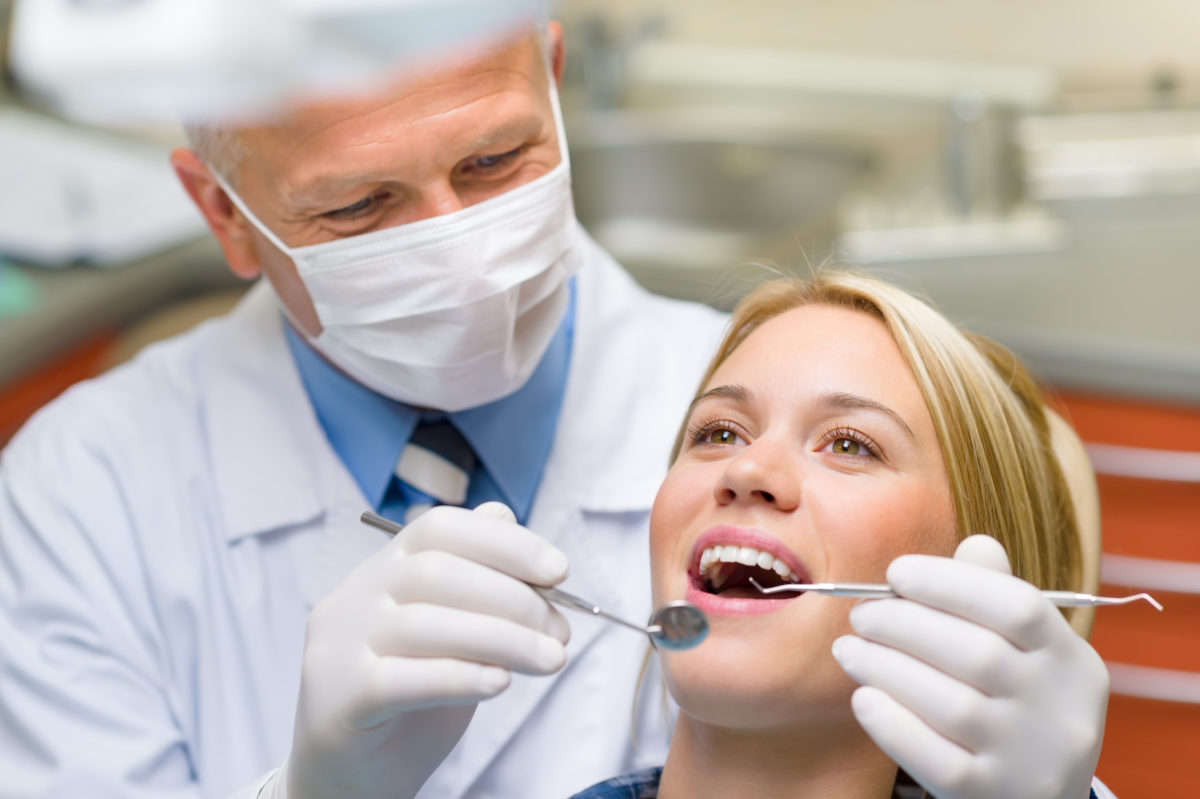The Only Guide for Legacy Orthodontics
Wiki Article
Legacy Orthodontics - Questions
Table of ContentsExcitement About Legacy OrthodonticsWhat Does Legacy Orthodontics Do?Not known Facts About Legacy OrthodonticsFascination About Legacy OrthodonticsLegacy Orthodontics Things To Know Before You Buy
In enhancement, we supply adjustable treatment timetables, versatile payment options and a fun, pleasurable experience.An orthodontist is a dental expert educated to identify, stop, and deal with teeth and jaw irregularities. Orthodontists work with individuals of all ages, from children to adults.
Malocclusion, or misaligned teeth, can result in dental problems, including dental caries, gum disease, and difficult or uncomfortable chewing. Yet not everyone is birthed with straight teeth. If you have a poor bite or huge areas in between your teeth, you might wish to consult a dental expert specializing in orthodontic treatment.
The Basic Principles Of Legacy Orthodontics
( Picture Credit Score: DigitalVision/Getty Images) Orthodontists use taken care of and removable dental devices, like dental braces, retainers, and bands, to change the placement of teeth in your mouth. Orthodontic therapy is for dental irregularities, including: Misaligned teethBite problems, like an overbite or an underbiteCrowded teeth or teeth that are too far apartJaw misalignmentThe goal of orthodontic therapy is to enhance your bite.While you might assume of orthodontists as mainly for children or young adults that need braces, they can remedy dental issues at any type of age. Orthodontists attend college, dental school, and orthodontic school.
All orthodontists are dental professionals, yet not all dental experts are orthodontists. Orthodontic residency programs use extensive, concentrated guideline for dental professionals. They concentrate on two locations: Exactly how to correctly and securely move teeth How to correctly direct advancement in the teeth, jaw, and faceOnce an orthodontist has completed training, they have the option to come to be board licensed.
The 8-Second Trick For Legacy Orthodontics
Malocclusion leads to tooth overcrowding, an askew jaw, or uneven bite patterns. Malocclusion is usually treated with: Your orthodontist attaches metal, ceramic, or plastic square bonds to your teeth.If you have just small malocclusion, you may be able to make use of clear dental braces, called aligners, instead of standard dental braces (https://www.figma.com/design/kgqCY8l54dyz5KdMEWTWil/Untitled?node-id=0-1&t=R12PkCtJ5eBOkvHF-1). Some people need a headwear to aid move teeth right into line with stress from outside the mouth. After dental braces or aligners, you'll need to use a retainer. A retainer is a personalized tool that keeps your teeth in position.
They can develop additional room in the mouth without having to pull teeth. Orthodontists utilize cables, surgical screws, or plates to support your jaw bone.
You may need to see an orthodontist if you have: Crowding or otherwise sufficient space for all of your teethOverbite, when your upper teeth come your bottom teethUnderbite, when your base teeth are too much forwardSpacing or concerns with gapsCrossbite, which is when your top teeth fit behind your base teeth when your mouth is closedOpen bite or an upright gap in between your front bottom go to these guys and top teethMisplaced midline, when the facility of your bottom and upper teeth don't line up Remedying a dental malocclusion can: Make biting, eating, and talking easierImprove the proportion of our face and your total appearanceEase pain from temporomandibular joint disordersDifferent your teeth and make them less complicated to cleanse, aiding prevent dental cavity or cavities It's often a dental expert that initially notifications misaligned teeth during a routine test.
The 10-Second Trick For Legacy Orthodontics

Throughout your very first orthodontic examination, you'll likely have: A dental examPhotos taken of your face and smileDental X-raysPanoramic (360 degree) X-rays of your face and headImpressions to create mold and mildews of your teethThese examinations will assist your orthodontist recognize how to proceed with your therapy. leesburg invisalign. An orthodontist is a dental practitioner that's had training to treat your teeth and jaw
An orthodontist is concentrated on your bite, so something like a damaged tooth would certainly be handled by a dentist. Orthodontists are focused on your bite, or the method your teeth fit with each other, and the straightness of your teeth. Ever questioned just how celebrities constantly seem to have flawlessly lined up teeth? The response frequently depends on the skilled hands of an orthodontist. What precisely does an orthodontist do? Orthodontists are dental professionals that concentrate on correcting abnormalities in the teeth and jaws. Their expertise goes beyond just creating a lovely smile; it prolongs to boosting your total dental health and function.
How Legacy Orthodontics can Save You Time, Stress, and Money.

, orthodontists have a varied toolkit at their disposal. These tried-and-true braces utilize a system of braces bound to the teeth and attached by cords.
Clear aligners, like Invisalign, are a popular option for individuals seeking a more discreet treatment choice. These detachable trays are tailor-made to gradually shift the teeth's setting. Headgear may be utilized along with dental braces or aligners to use added targeted forces, particularly for correcting jaw inconsistencies. In cases of narrow jaws, palatal expanders can be used to develop space for appropriate tooth positioning.
Report this wiki page